5.9.11 Indonesian Arts & Crafts: Part 1
With my trusty driver, Toto, in an air-conditioned Toyota minivan, I ventured forth into the heart of Yogyakarta to do a little shopping. Beneath sulky grey skies, the city was smelly and palpably damp. Our hotel is in a rather unattractive neighborhood close to the airport, and the view out the window included some classic Third World sites: shanties with corrugated-tin roofs; entire families perched on a single motorbike, the parents with helmets and the barefoot babies without; scrawny chickens strutting in roadside ditches. The strange dichotomy between progress and tradition is perhaps best summed up by a poster I saw for a local technology convention, featuring an ox-drawn cart laden with the latest computers and electronics. Even the batiks for which I was shopping are evidence of this tension, an ancient craft now more and more being executed with mechanized techniques. Of course, I was in search of the real deal, the artisanal, hand-printed and –dyed version that is so much harder to come by.
Batik is a cloth that uses a wax-resist dyeing technique. It’s a traditional handcraft of Indonesia, Malaysia, Japan, China, Azerbaijan, India, Sri Lanka, Egypt, Nigeria, Senegal and Singapore. The designs of traditional Javanese batik, especially from Yogyakarta and Sukarta, have meanings rooted in their concept of the universe. The three basic colors—indigo, dark brown and white—represent the three major Hindu deities, Brahma, Vishnu, and Shiva. Certain patterns were once reserved for nobility, with wider stripes or wavy lines of greater width indicating higher rank.
I discovered batik and ikat, another traditional textile, the last time I came to Indonesia in 1995. What I was drawn to were the older, more traditional pieces. The cotton is much softer and more worn in, the designs more complex and subtle. Naturally, these are much harder to find and, depending on where you do find them, they tend to be a lot more expensive. The first "gallery" Toto took me to wanted more than $1,000 each for the antique batiks they had. I was pretty demoralized, especially since my expert bargainer was laid up back at the hotel. At the next place, handmade batiks in the traditional Yogya style were about $500.
I had never paid more than $40 for a single batik, and I was really floored by these prices. But finally, just as I was about to give up and head to the puppet workshop, Toto suggested we try one more batik place.
The minute I walked in the door, I felt the difference. No tourists. No glass cases. And the artisans right on the premises. They even had locally produced ikat! Eureka!
It turned out that the workshop was mostly producing "paintings," which tend to be pretty cheesy. I did find the one "old style" piece they had and I snapped it up. And they also had a few "not new" batiks; I bought two for less than $40.
All in all, a successful first foray. Stay tuned for my trips to the puppet workshop, the silver workshop, the traditional wet market (meat, vegetables) and the bird market...






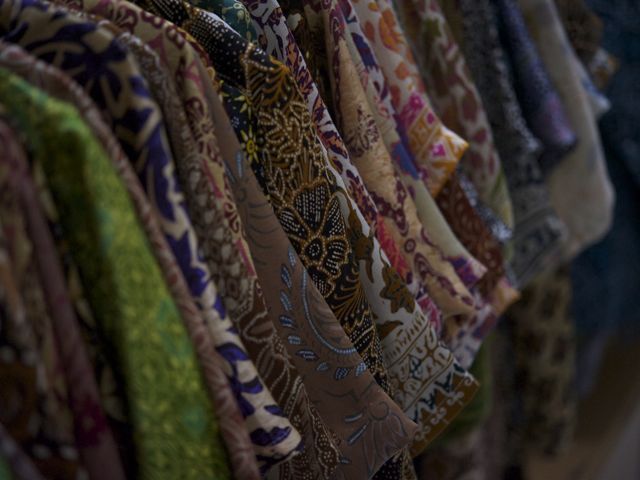
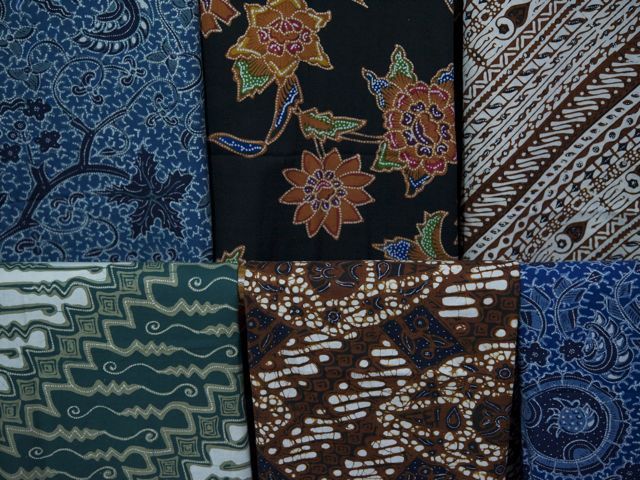
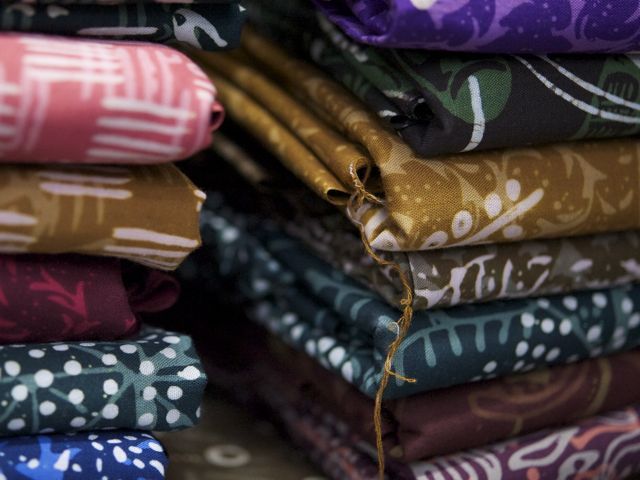


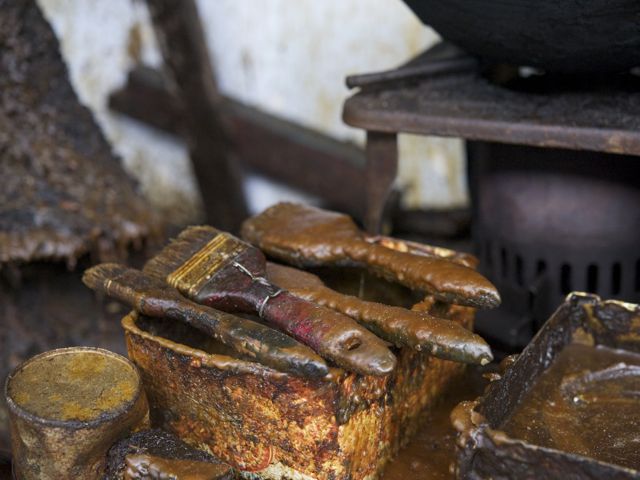
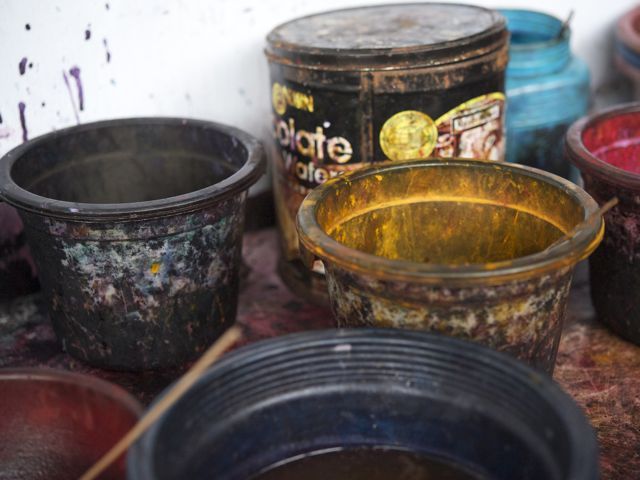

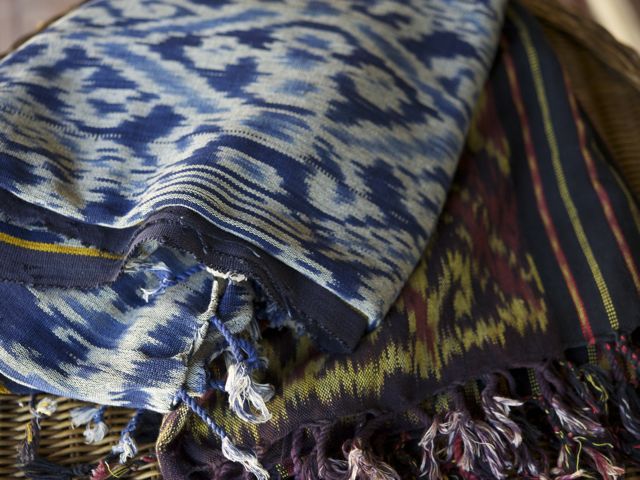

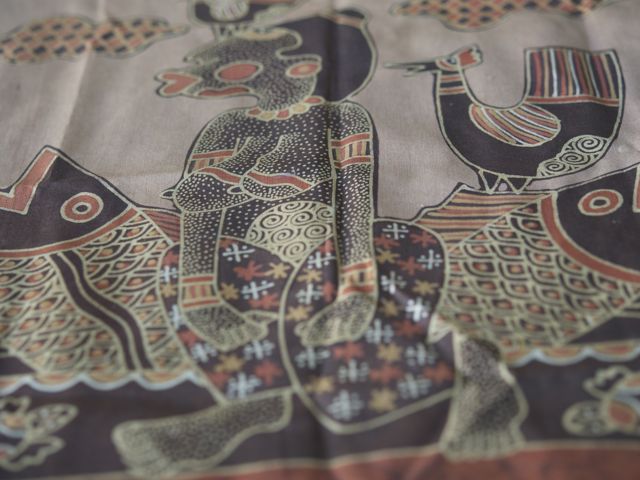
8 Comments